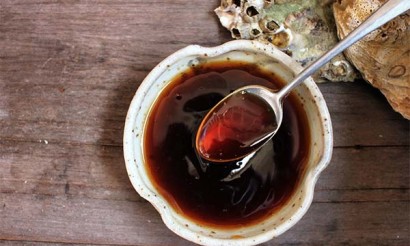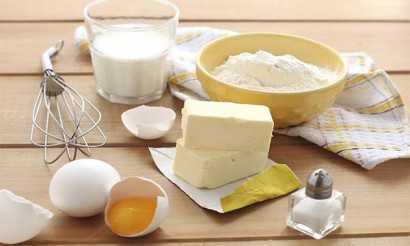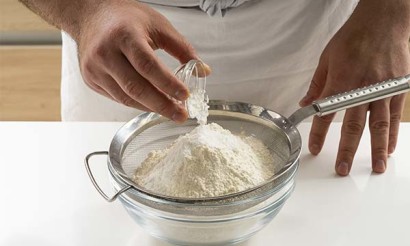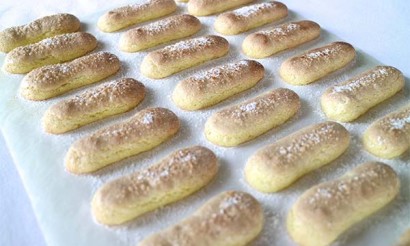What to replace the rice vinegar for cooking sushi and rolls
Many people who love Japanese cuisine are able to notice that the rice vinegar is not found in every store. Even in specialized outlets it is quickly sold out. But what to do if you so want to cook some rolls, and there is no rice vinegar on hand?
- What is rice vinegar
- Types
- Useful properties of rice vinegar
- What can replace the rice vinegar in rolls and sushi
- Apple cider vinegar
- Red grape vinegar
- Regular 6% or white wine vinegar
- Lemon juice
- Nori seaweed
- Soy sauce
- No substitutions
- How to add rice vinegar to cooked rice
- How to Make Rice Vinegar at Home
- How much rice vinegar to put in rice for sushi
As a side note. Once upon a time, rice vinegar was languished in black cast-iron jars for 6 months under the sun. This product is used not only to season rice for sushi and rolls, but also in salads and pickled vegetables. Thanks to him the dishes acquire a certain unique taste and flavor.
What is Rice Vinegar
This ingredient for more than two thousand years, produced it in China, but in Japan have perfected its taste and useful qualities, thus making it their folk dish. In Japan, rice vinegar is known as "su". The Japanese used to make it in a simple way: fish pieces were mixed with grits and then seasoned with salt. This uncomplicated process produced the appropriate lactic acid.
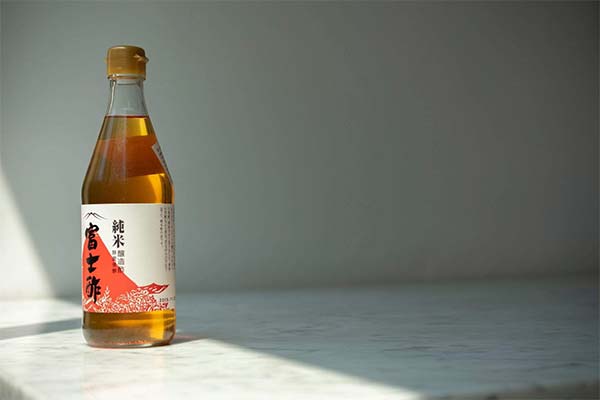
Types of
Rice vinegar comes in three varieties:
- White. White vinegar differs from the other varieties in that it has a less intense flavor and aroma. This type of vinegar is mostly used as a dressing for salads, appetizers and rolls. In its production, a soft grits is used, distinguished by its special stickiness.
- Red color. This type of vinegar is obtained thanks to the special red yeast. It differs from the others not only in its own color, but also sour-sweet taste. This vinegar is excellent with seafood, various noodles, as well as any sauces.
- Black color. This type of vinegar is particularly bright and rich in flavor and aroma. It also has a thicker consistency than other varieties. This vinegar is used to season meat for all types of cooking.
Useful properties of rice vinegar
Rice vinegar is considered a very valuable product. It enjoys great popularity not only because of its exceptional taste, but also because of its own useful properties. The composition of this product is a treasure trove of vitamins:
- Amino acids. Essential to the human body: they help support metabolic and regenerative processes, as well as contribute to energy production.
- Easily digestible calcium, which helps protect bone tissue.
- Potassium, which helps regulate the water-salt balance in the human body.
- Phosphorus, which is part of all chemical processes in the human body.
Compared to other condiments, rice wine vinegar has many advantages over them because of its own beneficial properties:
- "Su" differs from other types of vinegars because it does not carry harm to the mucous membranes of the stomach. It is not at all contraindicated for people suffering from gastritis and ulcers.
- It is also able to reduce the caloric value of the dish, without impairing the taste.
- This spice is able to help the digestive tract, accordingly, it can be used in a proper diet and numerous diets.
- Japanese doctors assure that rice wine vinegar contains more than 20 kinds of amino acids. Because of this, we can say with certainty that the "Su" helps to eliminate toxins, thereby rejuvenating the body from the inside.
With the constant consumption of rice vinegar can reduce the amount of cholesterol in the body, thereby avoiding the appearance of blood clots in the blood vessels.
This is interesting! What is the usefulness of wine, balsamic и apple cider vinegar
How you can replace rice vinegar in rolls and sushi
It is quite difficult to find this product on the shelves of even a specialized store. For this reason, it is necessary to know how to replace it without spoiling the taste of the final dish.
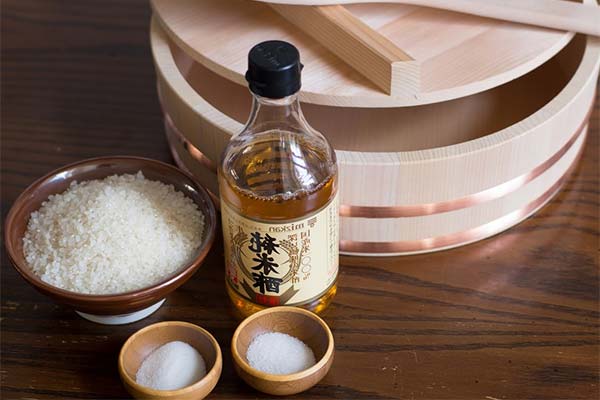
It was the Russians decided to come up with alternative methods of replacing the rice vinegar. Many people ask whether it is possible to replace the "su" with an ordinary extract? The answer to this question will be unequivocally positive.
At the same time it is necessary to indicate one thing - you can not use pure essence! Vinegar must be prepared in a certain way, so that the resulting dish will not be spoiled. There are several types of vinegars, from which you can get an analogue of rice vinegar:
Apple cider vinegar.
It is necessary to prepare it in a certain way. Take an enamel bowl, where you mix sugar (1 teaspoon) and (salt 0.5 teaspoon). Then you need to pour 1 tablespoon of apple cider vinegar, then add 3 tablespoons of boiled water. The pot should be heated on the stove until the sugar and salt dissolve, and the vinegar is ready to use.
It should be noted that the mixture should not be brought to a boil, but only warmed up!
Red grape vinegar
Mix 3 teaspoons of granulated sugar with 1 teaspoon of salt. To this mixture, add 4 tablespoons of vinegar and place on the fire. Heat (do not boil!) until the sugar and salt have completely dissolved.
Such a dressing should be abandoned if there are problems with increased acidity of the stomach. You can replace the grape vinegar with red wine for this problem.
Normal 6% or white wine vinegar
Before using these types, it is necessary to make sure that there are no contraindications.
Take 0.25 cup each of olive oil and vinegar. Add to the resulting mixture 2 tablespoons of natural honey and a pinch of ground black pepper. All the ingredients should be thoroughly mixed and the dressing is ready to use.
Lemon Juice
Drinking water and lemon juice mixed with sugar and salt give an identical taste to the dressing. But it requires proper preparation.
Add 1 teaspoon each of sugar and salt to a saucepan. Pour 2 tablespoons each of lemon juice and warm water into the mixture. Having turned on the fire, with constant stirring it is necessary to achieve complete dissolution of sugar and salt, and the dressing is ready. This type of dressing should also not be brought to a boil.
Nori seaweed
It is necessary to take 2,5 tablespoons of any vinegar (red, white or apple), add 2,5 tablespoons of sugar and 0,5 of salt. Put the container on the fire, stirring until the sugar and salt completely dissolve. Once it is removed from the fire, add a finely chopped nori leaf. Mix everything until homogeneous.
Note that it is not recommended to replace nori with kelp! Otherwise the dressing will taste bitter and unpleasant.
Soy sauce
Table vinegar is not recommended to use in its pure form, as it has a specific flavor and aroma, which makes the taste of the dish will not satisfy your needs. But in combination with soy sauce you get an excellent dressing.
It is necessary to take 50 milliliters of 6% vinegar and soy sauce and add half a teaspoon of sugar. All ingredients should be thoroughly mixed without heating. That's it!
What should not be substituted?
Rice vinegar should be made from those products that do not have a rich flavor and aroma. This is the only way to get the necessary dressing.
There are few products that are contraindicated in making sous vide, there are only two:
- Balsamic vinegar. This type of vinegar is not recommended as a rice dressing for rolls and sushi simply because of its tart flavor and aroma, which gives it a lot of aromatic herbs.
- 9% vinegar essence and higher. The vinegar of these types has a high bitterness, which will dramatically spoil the impression of the dish. If there is no other option, you can also use this kind, but then you need to reduce its amount by half by mixing it with water.
How to add rice vinegar to cooked rice
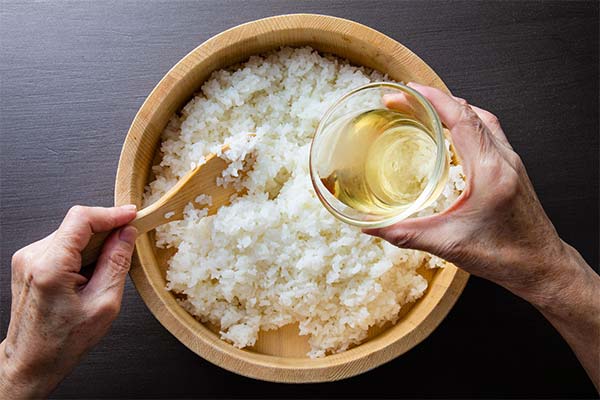
Real rice vinegar has a pleasant and mild taste, unlike other types. It is used to make the cooked rice sweet and a certain stickiness for rolls. If the number of rolls will be small, you can cook just 200 grams of rice (note that it will increase in volume). Per 200 grams of uncooked rice, 2 tablespoons of vinegar is used. It is necessary to pour the rice immediately after cooking, and then mix everything thoroughly, preferably with a wooden spatula and a spoon. Stir in a wooden bowl, where you should put the cooked rice. The rice should also be poured with vinegar there, stirring carefully, otherwise the grits for the rolls will turn into mush, of which you will not be able to make rolls.
After the rice has been seasoned and thoroughly, but gently mixed, it should be covered and left to cool. Excess moisture will escape into the wooden bowl, and the rice will infuse and be delicious and flavorful.
How to cook rice vinegar at home
It is not as difficult to prepare as it may seem at first.
Preparation:
- In a glass dish you need to pour a glass of round-grain rice and 250 milliliters of ordinary water.
- In 4 hours you need to let the rice to stand at room temperature, and then you have to put it in the fridge overnight.
- In the morning, the rice should be strained through gauze or another identical cloth. As a result, you should get 1 cup of solution. If the solution is not enough, you need to add boiled water.
- In the resulting solution, add 4 tablespoons of granulated sugar and mix thoroughly.
- The resulting mixture should be sent to a water bath for 20 minutes.
- Bring the mixture to a boil, then cool it down and add one third of a teaspoon of dry yeast and leave the mixture in a glass jar for a week. The top of the jar should be covered with gauze!
After a week, you can use real rice vinegar to make rolls and sushi.
How much rice vinegar to put in sushi rice
To cook 250 grams of rice for making rolls and sushi - you will need 250 milliliters of water.
Before cooking the rice, to begin with it must be thoroughly rinsed under running water until the water remains clear. Before boiling, you need to leave the rice in 250 milliliters of water for 15 minutes so that it swells up a little. Then you need to cook the rice for 15 minutes with the lid closed, then take it off the heat and, without opening the lid, keep it for about half an hour more. It turns out 500 grams of cooked rice.
For the given amount of rice you need 75 milliliters of the dressing. Rice vinegar can be used as ready-made, or you can make it yourself at home.
«Important: All information on this site is provided for informational purposes only. for educational purposes only. Before applying any recommendations, consult a specialist. specialist before using any recommendations. Neither the editors nor the authors shall be liable for any possible harm caused by materials."





